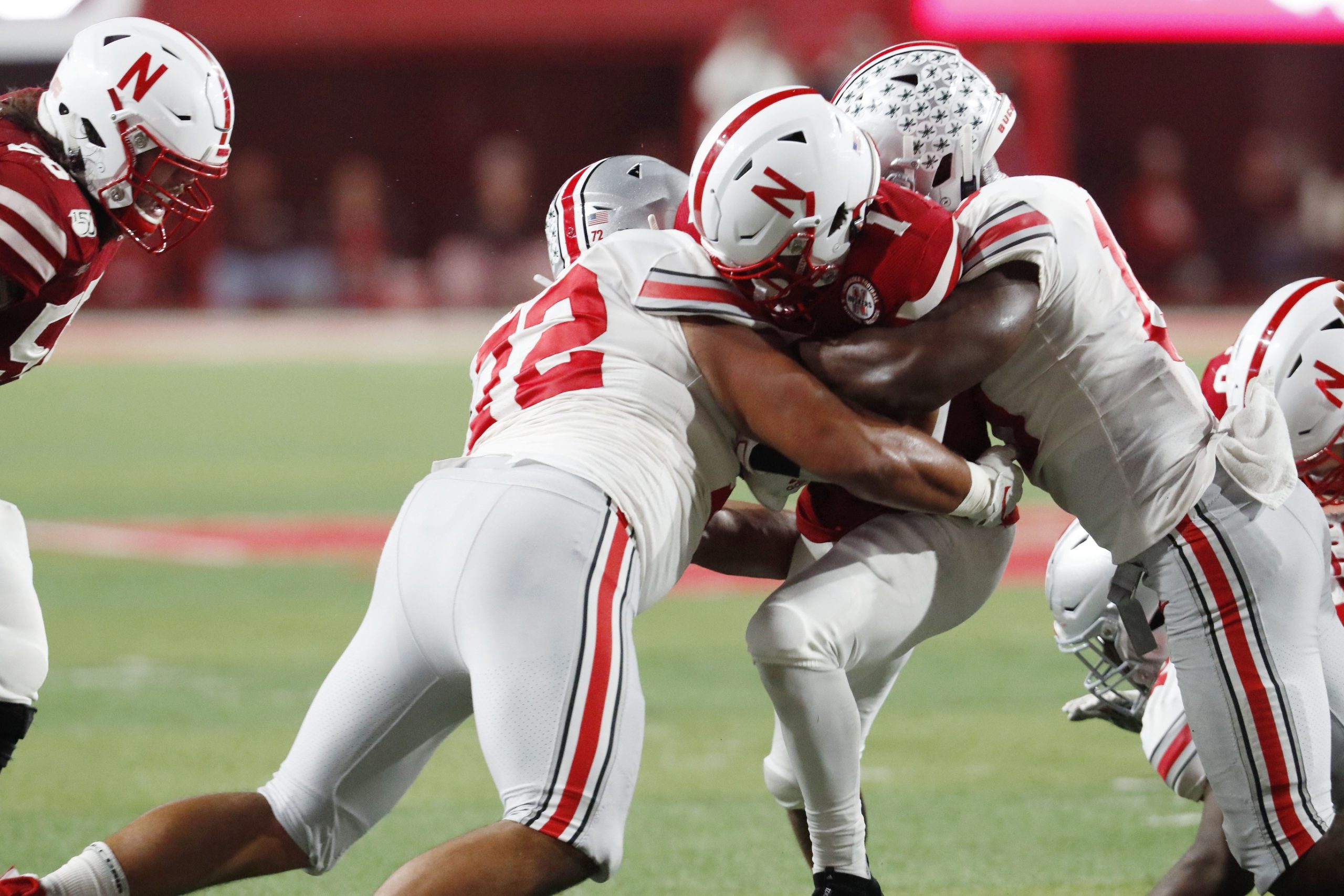Ad Disclosure

Now that it’s reversed course, can the B1G repair its image?
By Phil Ervin
Published:
When Ohio State hosts Nebraska in an empty Horseshoe Oct. 24 on FOX, it’ll be more than just a clash of the two loudest institutions in the quest to restore 2020 Big Ten football.
It also marks the next step in the conference’s journey to healing its brand.
We’ll repeat what has been rehashed ad nauseam for context only: the B1G royally screwed up when it decided to pull the plug on fall football early, then failed even further with its nebulous public reasoning. Originally, 11 league presidents and chancellors failed their institutions, their athletes and their communities. Commissioner Kevin Warren failed on the leadership and communication front, both internally and externally.
But one of the hardest things to do is admit when we’re wrong. Yours truly is awful at it — just ask my wife.
It’s also true that COVID-19 has provided plenty of opportunities to learn things the hard way. None of us are immune to that fact.
Warren and the league don’t get a pass. But for all their missteps, this ship isn’t sinking.
It was close a couple of weeks ago. But in continuously listening to medical experts and heeding the calls of its key stakeholders (namely players, coaches, parents, some athletic directors and fans), the league plugged the holes.
Now it’s time to sail again.
The B1G’s significant medical protocols prepared it for stormy waters. While it put itself in a bind by waiting to start the season so long, it should be commended for recognizing that COVID-19 could still tear this entire thing down.
There was a point when the conference found that risk too great, and it was caught off guard when other Power 5 leaders didn’t share the same sentiment.
If coronavirus does shut down the season once it’s started, the B1G would be somewhat vindicated for its caution. There are national pundits who would disagree, but other sports and indeed other college leaders and programs around the country have shown there is a potential way forward.
Why not give it a chance? That was really the question all along.
Continued transparency will be key, too. Seeing the top decision makers from Warren’s various committees on the same virtual Big Ten Network interview announcing the return of fall football was, pardon the pun, exactly what the doctor ordered.
Reports out of the B1G were Warren played the middle man far too often as the league moved its Aug. 11 postponement. Medical experts, academic leaders, ADs and coaches all talked in silos, with Warren relaying information among the different groups.
Having the right voices in the same room — even if it’s a virtual one — is paramount for a decision of this magnitude.
Interestingly enough, Warren knows that. This isn’t his first foray into crisis management. In his previous role as the Minnesota Vikings’ chief operating officer, he was instrumental in getting $1 billion U.S. Bank Stadium built.
That came with its fair share of controversy, from allocation of taxpayer dollars to the threat of migratory birds flying into the venue’s glass walls to their mortal peril.
Warren was also a key player when Vikings running back Adrian Peterson was charged with child abuse.
But what he hadn’t dealt with was the discombobulated hierarchy in college athletics. After graduating from Notre Dame Law School, he worked at a law firm specializing in representation of colleges and universities charged with NCAA violations.
So he knew the legal side, but not the political side. A commissioner is part project manager, part spokesperson and part CEO. Warren’s baptism by fire in all three roles came as a result of the coronavirus.
Part of the gig is taking the heat for the presidents and chancellors’ decisions. Maybe the members of that group who pushed hard for a fall cancellation will stop viewing football — which funds entire athletic departments and is the No. 1 brand touchpoint for some institutions — as more than just a drop in the bucket. It may be on the school’s overall financial statements, but it certainly isn’t in terms of public sentiment.
That matters when schools spend millions of dollars annually to meet their enrollment goals.
The league also saved itself from the calendar headaches, health risks and threat of negative recruiting that came with a spring season. Perhaps the best part of the decision is it protected the possibility of a “normal” 2021 campaign.
To wit, the virus’ impact and potency will continue to dictate how the B1G — and sports in general — recover.
But before all this madness, the conference had never been stronger. A large national footprint. Roughly $55 million TV payouts to its schools. A juggernaut in Ohio State, conference bluebloods in Wisconsin and Penn State and up-and-comers like Minnesota. Passionate fan bases from Lincoln to College Park.
And that’s the thing: the B1G brand doesn’t stand on its own. Thanks to its members and their place in the power structure, it isn’t in need of rebuilding, just repair.
We can only hope the conference’s presidents and chancellors have learned their lessons this year, too: that transparency breeds credibility, that leadership in times of crisis requires listening and effective transfer of information, and that the right decision isn’t always the easy or comfortable one.
Veteran sports writer Phil Ervin brings his expertise on Minnesota and B1G football to Saturday Tradition. Follow him on Twitter @PhilErvin.